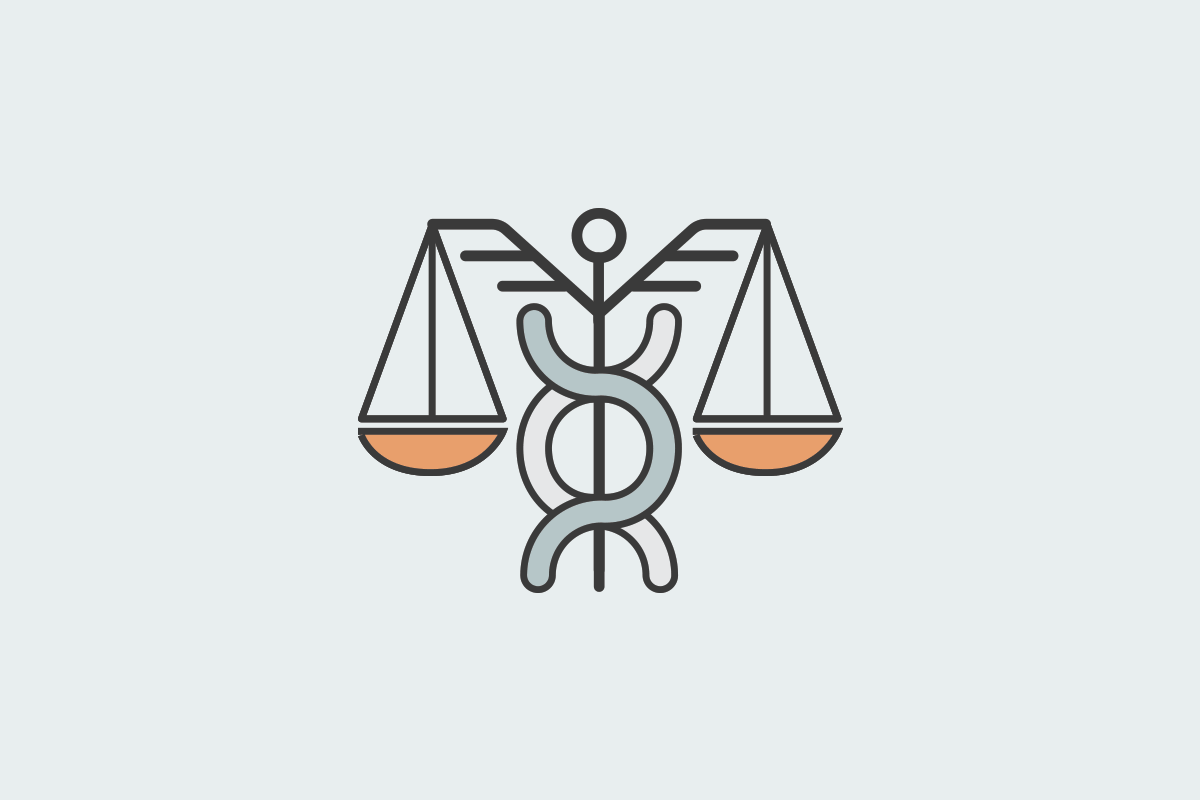During the COVID-19 pandemic, people spent a lot of time isolated and indoors, which helped foster an environment where some people now feel lonelier than ever. The result is a loss of social connectedness—the degree to which people feel the social connections and relationships in their lives to satisfy their wants and needs. When social…
Your Welcoa membership has expired.
No More Incentive Guidance for HRAs? An Update on the AARP v. EEOC Case
The following article does NOT constitute legal advice and should not be used as such. It is for educational purposes only. Readers should retain legal counsel to obtain definitive answers.
On January 18, 2018, the court in the AARP v. EEOC case agreed with the EEOC’s argument that the EEOC should not be held to any set schedule to issue any new rules under the Americans with Disabilities Act (ADA) and Genetic Information Nondiscrimination Act (GINA) involving wellness program financial incentives. AARP v. EEOC, 16-cv-2113, dkt. #58 (Jan. 18, 2018).
As many of you know, the AARP sued the EEOC in 2016 for issuing wellness incentive rules under the ADA and GINA that did not meet those laws “voluntariness” requirement. Both the ADA and GINA allow for the collection of employee health information if that information collection is part of a voluntary wellness program. In its ADA and GINA rules issued in May 2016, the EEOC created a “safe harbor” financial incentive limit of 30% of the total cost of self-only coverage; that is, employers could provide a financial incentive to employees and their spouses valued up to 30% of the total cost of self-only coverage for participating in a health risk assessment or biometric screen. Before that safe harbor amount, it was unclear what incentive amount, if any, would be permissible to encourage employers and their spouses to participate in a wellness program health screening.
The AARP won their lawsuit, and the court had asked the EEOC to propose new rules by the end of August 2018. However, the EEOC countered that the court should not require it to propose new rules in accordance with any schedule. Rather, the EEOC believes it should exercise its discretion as to if or when it decides to issue new incentive rules. The AARP did not oppose this view by the EEOC, and on January 18, 2018, the court agreed to allow the EEOC to decide if and when it will issue new incentive rules under ADA and GINA in accordance with its own timeline. The only thing that the EEOC must now do is inform the court by the end of March this year of what it thinks it might do with regard to the incentive rules and by when.
The EEOC outlined three possible options on how it might respond to the elimination of the incentive rules by the court in the AARP case. First, it may issue new rules. Second, it may decide against issuing new rules and leave the rules as they are, without the incentive safe harbor. Third, it might take a “wait-and-see” approach, choosing to study the issue further or await the resolution of potential appellate proceedings. AARP v. EEOC, 16-cv-2113, dkt. #56, at 7 (Jan. 18, 2018).
On January 18, 2018, the court in the AARP v. EEOC case agreed with the EEOC’s argument that the EEOC should not be held to any set schedule to issue any new rules under the Americans with Disabilities Act (ADA) and Genetic Information Nondiscrimination Act (GINA) involving wellness program financial incentives.
By the end of March 2018, we may have a better idea of which of the three options the EEOC may choose when the EEOC submits its status report to the court. But, it is probably safe to say that we won’t see any new incentive limit rules for a while. This means that as of January 1st next year, the incentive safe harbors under the ADA and GINA will no longer exist. Without any new rules to replace the current 30% limit, employers will be left to guess whether any financial incentive offered in connection with a participatory wellness program health screening meets the ADA and GINA “voluntariness” requirement, which is not going away. Employers who wish to continue using financial incentives will need to rely on case law and consultations with their legal counsel to determine the risk of using certain financial incentive levels.
For example, the EEOC v. Orion Energy case may offer employers some guidance. In that case, the court found that Orion Energy’s program did not violate the ADA because ultimately, the wellness program was voluntary. The court reasons that even though employees who refused to participate in the health risk assessment had to pay 100% of their health insurance premium, it was still a choice they could make. According to the court, employers are not required to offer health insurance and therefore if an employee chooses not to participate in the wellness program and instead pay 100% of their premium, that is still offering the employee more than an employer is required to offer under the law. As stated by the court, “a hard choice is not the same as no choice.” Because the employee had a choice, albeit a “hard choice,” the wellness program was still voluntary and therefore not in violation of the ADA.
In addition, even in the absence of the financial incentive safe harbor, employers will still need to comply with the other provisions of the ADA and GINA rules. It is important to remember that the AARP v. EEOC case only impacted the 30% safe harbor portion of those rules. All of the other provisions from the May 2016 rule release remain intact – now and after January 1st next year. For example, these other provisions require employer wellness programs to:
- Be voluntary
- Be part of a program reasonably designed to promote health or prevent disease
- Provide employees with notice
- Not share individually identifiable employee health information with employers unless needed for administration of the health plan
- Prohibit employers from requiring employees to agree to the sale, exchange, sharing, transfer or other disclosure of their health information
- To comply with other laws affecting workplace wellness programs
- To not rely on the ADA “safe harbor” provision, even if the wellness program is part of the employer’s health plan.
29 CFR § 1630.14.
Thus, even though the AARP v. EEOC case has made the regulatory landscape uncertain in some respects, there are still rules to follow. We will continue to monitor developments and provide updates whenever possible.

Barbara J. Zabawa
President of the Center for Health and Wellness Law, LLC
wellnesslaw.com




